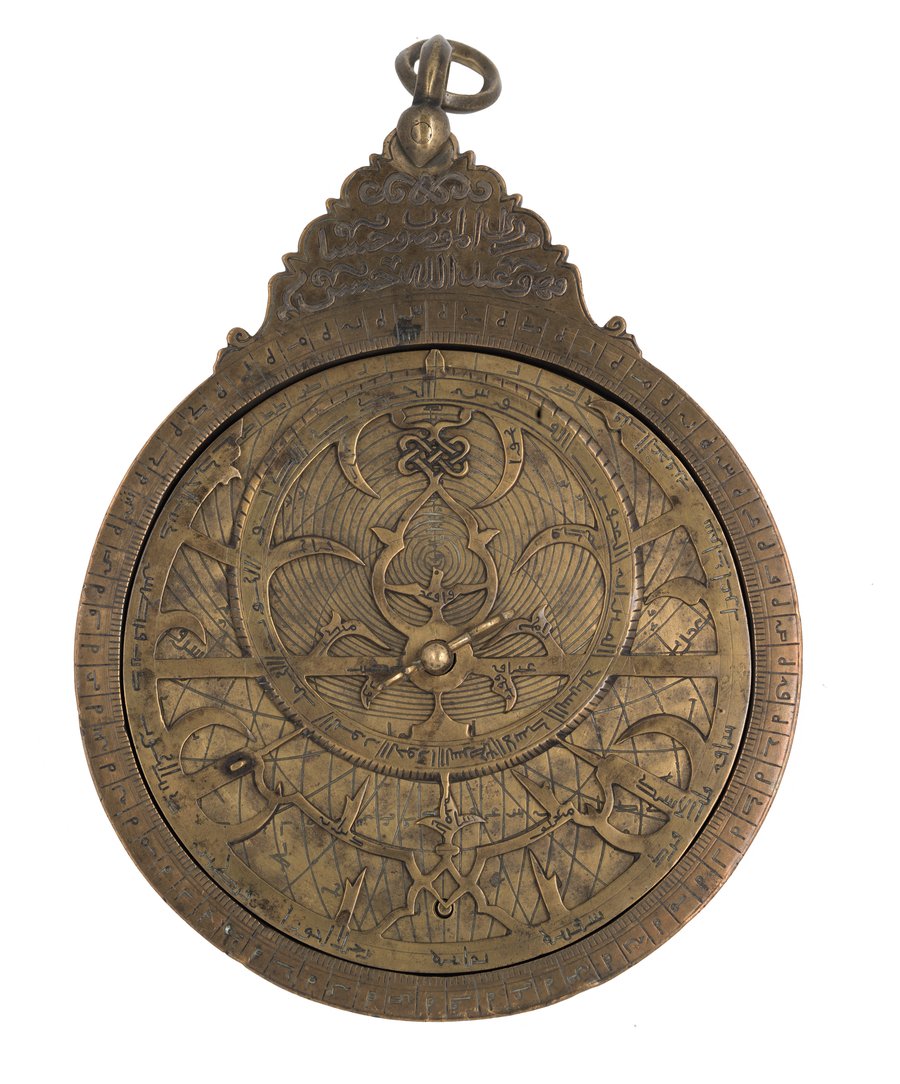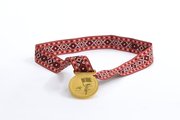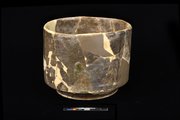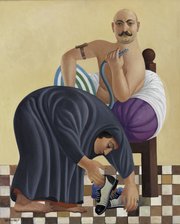
Planispheric Astrolabe with Silver Inlay
Museum of Islamic Art
- Title:
- Planispheric Astrolabe with Silver Inlay
- Artist:
- Mahmud I. Al Asturlabi
- Production place:
- Iran
- Date:
- 1429 - 1430
- Period:
- Timurid
- Title:
- Planispheric Astrolabe with Silver Inlay
- Artist:
- Mahmud I. Al Asturlabi
- Production place:
- Iran
- Date:
- 1429 - 1430
- Period:
- Timurid
- Material:
- Copper alloy, Gold, Silver
- Technique:
- Casting, Engraving, Inlaying, Openwork, Gilding, Riveting
- Dimensions:
- 18 × 3 cm
- Diameter:
- 11.5 cm
An astrolabe is an early scientific instrument representing a two-dimensional model of the celestial sphere. These instruments trace back to the Hellenistic period between 220 and 150 BCE but became popular as complex tools in Europe and the Islamic world from the early Middle Ages.
Constructed as inscribed discs, usually made of metal, such as brass or iron, astrolabes were used for measuring time (the time of the day and night, the month or the year), determining altitude and latitude or for observational purposes. They were, therefore, extremely useful in solving problems in the fields of geography, surveying and astronomy. This type of astrolabe, known as a ‘planispheric astrolabe’, allowed astronomers to calculate the position of the sun and other prominent stars.
This silver inlaid brass planispheric astrolabe was made by Mahmud ibn Jalal ibn Jaʻfar al-Asturlabi in Iran in the year 833 AH/1429-1430 CE during the Timurid period. Only two other astrolabes, one in the Adler Planetarium in Chicago and another one in the Museum of Turkish and Islamic Art in Istanbul, signed by this master are known.



